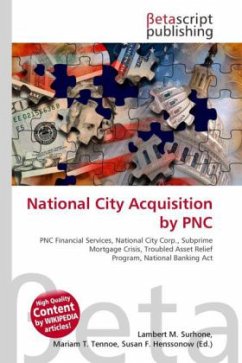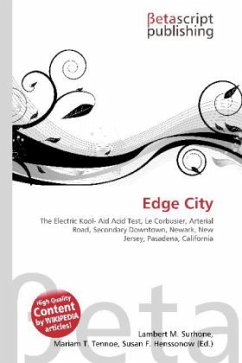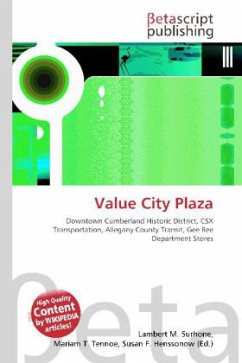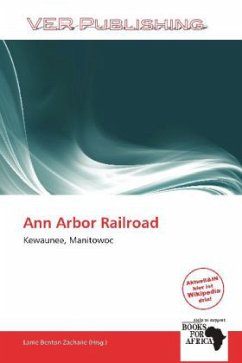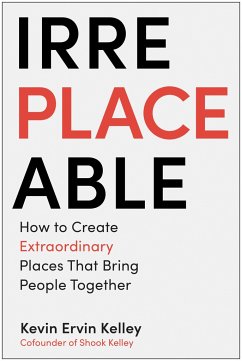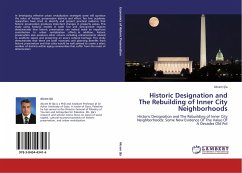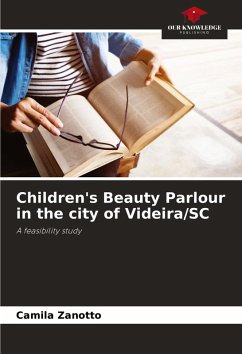
Ngee Ann City
Versandkostenfrei!
Versandfertig in 6-10 Tagen
23,99 €
inkl. MwSt.

PAYBACK Punkte
12 °P sammeln!
High Quality Content by WIKIPEDIA articles! In the 1950s, the land that Ngee Ann City sits on was a burial ground, owned and managed by Ngee Ann Kongsi. It was part of a parcel of land known as Tai Shan Ting, which was bounded by Orchard Road, Paterson Road and Grange Road. A ten-storey Ngee Ann Building was then built on the site, and was demolished to make way for Ngee Ann City. Redevelopment of the site was first considered as early as 1967. Ngee Ann City was planned by Ngee Ann Development and the Orchard Square Development Corporation in the late 1980s. Raymond Woo, the architect who desi...
High Quality Content by WIKIPEDIA articles! In the 1950s, the land that Ngee Ann City sits on was a burial ground, owned and managed by Ngee Ann Kongsi. It was part of a parcel of land known as Tai Shan Ting, which was bounded by Orchard Road, Paterson Road and Grange Road. A ten-storey Ngee Ann Building was then built on the site, and was demolished to make way for Ngee Ann City. Redevelopment of the site was first considered as early as 1967. Ngee Ann City was planned by Ngee Ann Development and the Orchard Square Development Corporation in the late 1980s. Raymond Woo, the architect who designed the complex, drew inspiration from the Great Wall of China. The intent was to reflect the dignity, solidity and strength of the Ngee Ann Kongsi. Wong spent five years designing and overseeing the project.





